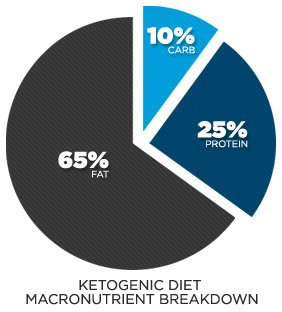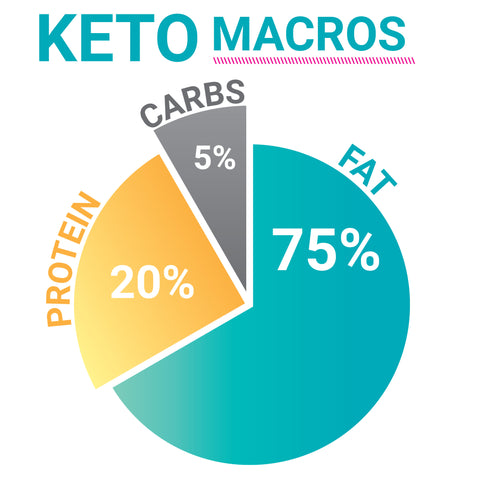

Water and fiber help increase feelings of fullness, which can help you eat fewer total calories throughout the day ( 11). Many of these foods are also rich in fiber and contain a high percentage of water. These include foods like dairy, beans, legumes, whole grains, fruits, vegetables and lean meats and fish. Nutrient-dense foods pack fiber, lean protein, healthy fats, vitamins, minerals and other beneficial compounds like phytochemicals. Choose Nutrient-Dense Foodsįoods that are nutrient-dense contain high levels of nutrients but are relatively low in calories. Here are some foods and macronutrients to focus on along with some to limit. Once you create a calorie deficit, it’s important to account for the types of foods you’re eating as some are more diet-friendly and nutritious than others. To lose weight, you must create a calorie deficit by eating fewer calories than you burn.īy doing so, you force your body to draw energy from its current stores (body fat) regardless of the carb, fat and protein makeup of your diet. However, they differ in how they affect your health and ability to stay on track with your diet. SummaryĬalories supply your body with the same amount of energy. You should also focus on diet quality to increase dietary adherence and fat loss. Not only would it take a lot of time and effort to chew, but its high fiber content would leave you feeling much fuller than eating one-half of a doughnut, in which case you will most likely eat the other half.Īs a result, a calorie is not just a calorie. Now imagine eating four cups of broccoli in one sitting. Conversely, just one-half of a medium-sized glazed doughnut provides 100 calories, largely from refined carbs and fats ( 9, 10).

So, while 100 calories of broccoli and 100 calories of doughnuts contain the same amount of energy, they affect your body and food choices much differently.įour cups (340 grams) of broccoli have 100 calories and pack eight grams of fiber.
KETO MACRO PERCENTAGES FULL
However, this assumption fails to consider the complexities of human physiology.įood and its macronutrient composition can influence how hungry or full you feel, your metabolic rate, brain activity and hormonal response ( 8). Whether from carbs, fats or proteins, one dietary calorie contains approximately 4.2 joules of energy ( 7).īy this definition, all calories are created equal. Moreover, different macronutrient ratios do not significantly affect how much total fat you lose in the long run.Ī calorie measures the amount of energy a particular food or beverage contains. Research shows that you can lose fat regardless of your macronutrient ratio. These results and others point to the fact that any reduced-calorie diet can cause similar amounts of weight loss in the long term ( 3, 4, 5, 6). Regardless of the macronutrient ratio, all diets were equally successful in promoting similar amounts of weight loss over the course of two years ( 2). In another study, more than 645 overweight people were randomly assigned to a diet that differed in proportions of fat (40% vs 20%), carbs (32% vs 65%) and protein (25% vs 15%) ( 2). While neither group had to consume a certain number of calories, both groups reduced their intake by an average of 500–600 calories a day.Īt the end of the study, the low-fat diet group lost 11.7 pounds (5.3 kg) compared to the low-carb group, which lost 13.2 pounds (6 kg) - a mere difference of 1.5 pounds (0.7 kg) over the course of a year ( 1). In a one-year study, researchers randomized over 600 overweight people to a low-fat or low-carb diet ( 1).ĭuring the first two months of the study, the low-fat diet group consumed 20 grams of fat per day, while the low-carb group consumed 20 grams of carbs per day.Īfter two months, people in both groups began adding either fats or carbs back into their diet until they reached the lowest level of intake they believed they could maintain.

When it comes to losing fat, how much you eat matters more than the amounts of carbs, fat and protein in your food.


 0 kommentar(er)
0 kommentar(er)
